Have you ever wondered if you could grow fresh, vibrant peppers straight from a pepper you bought at the store or harvested from your garden? Good news—you absolutely can! Growing peppers from seeds extracted from fresh produce is not only a rewarding gardening project but also a sustainable way to cultivate your own food. Whether you’re a seasoned gardener or just starting your journey into home gardening, learning the right techniques for seed starting, germination, and transplanting will set you up for success.
Peppers thrive in well-prepared soil with balanced fertility and proper soil moisture. But did you know that different pepper varieties, such as Jimmy Nardello, Padron, or Corno di Toro, have unique growing needs? Understanding these differences will help you choose the right type for your garden and climate. Plus, factors like soil pH, pest management, and fertilization play a crucial role in ensuring your plants grow strong and produce abundant harvests.
In this guide, we’ll take you through a step-by-step process, from selecting the best peppers for seed extraction to hardening off your seedlings before they go into the garden. You’ll also learn how to protect your plants from common issues like sunscald, blossom end rot, and nutrient deficiencies—all while using organic gardening methods to enhance your soil naturally.
By the end of this post, you’ll have all the knowledge and confidence needed to turn a simple pepper into a thriving plant. So, let’s dive in and start growing!
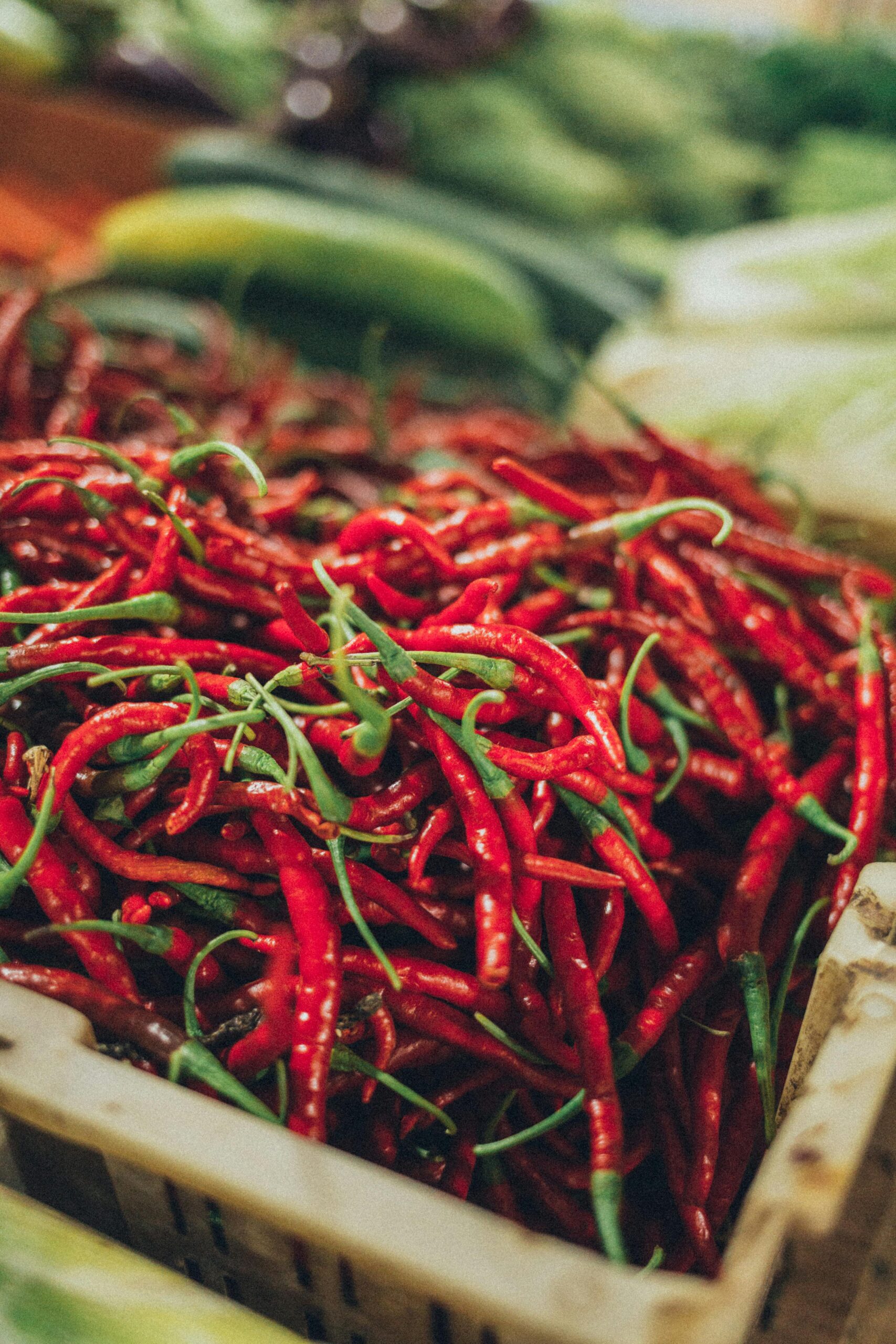
1. Choosing the Right Pepper for Propagation
If you want to successfully grow peppers from a fresh pepper, the first step is selecting the right one. Not all peppers are ideal for seed saving, and choosing the wrong variety could lead to poor germination or weak plants. Let’s break down what to look for.
Understanding Pepper Varieties: Best Types for Growing
Before you grab just any pepper from your kitchen, consider the type. Some of the best pepper varieties for home gardens include:
- Jimmy Nardello – A sweet, heirloom variety known for its rich flavor.
- Padron Peppers – Perfect for small-space gardens and container gardening.
- Corno di Toro – A large, sweet Italian frying pepper that thrives in warm climates.
Avoid using seeds from hybrid peppers, as they may not produce the same quality as the parent plant. Instead, opt for disease-resistant varieties that are well-suited for your region’s climate.
Selecting a Healthy Pepper for Seed Extraction
The quality of your plant starts with the quality of the pepper you choose. Here’s what to look for:
Fully ripened peppers – Seeds from mature peppers have the highest germination success.
No signs of disease or pests – Avoid peppers with soft spots, discoloration, or mold.
Organic or homegrown sources – Store-bought peppers are often treated to prevent sprouting, making them less reliable.
Factors to Consider: Climate, Space, and Growing Conditions
Different peppers have different needs, so consider:
🌱 Climate – Peppers thrive in warm conditions. If you live in a cooler area, using a greenhouse or starting seeds indoors will give them a better chance.
🌱 Space – Large varieties need room to grow, while smaller types like Padron peppers do well in containers.
🌱 Soil Preparation – Using compost, potting soils, and soil amendments improves nutrient levels for stronger seedlings.
By carefully choosing the right pepper and planning for your growing conditions, you’ll set yourself up for a thriving, productive plant.
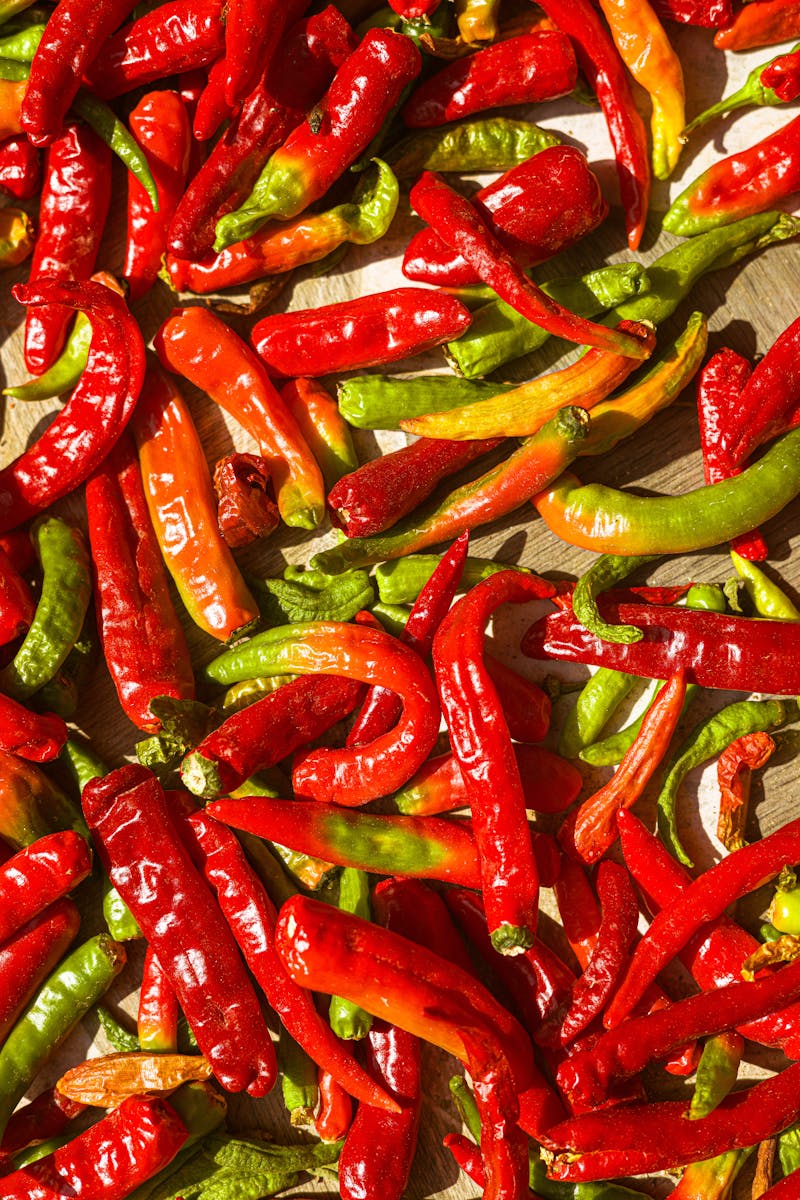
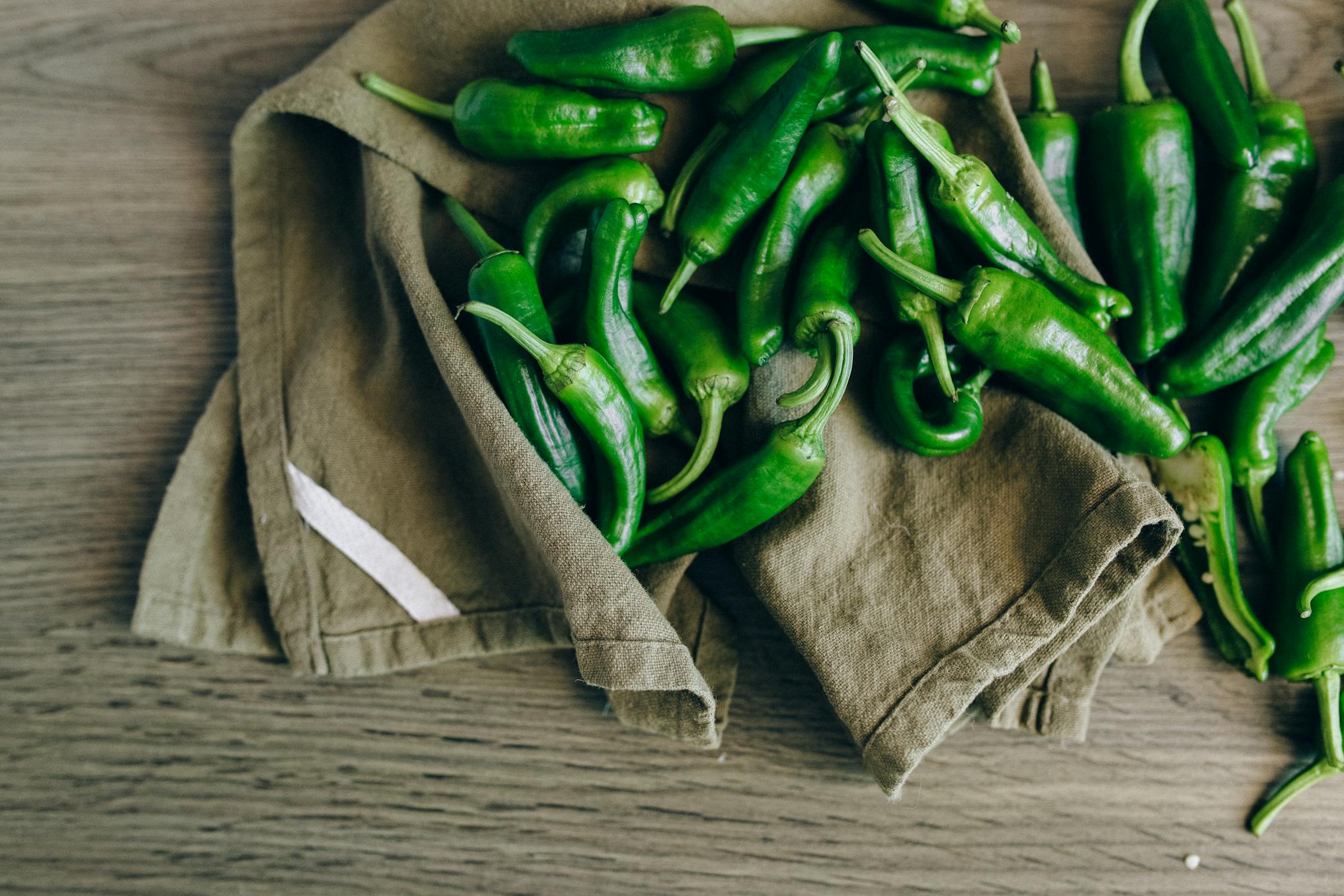
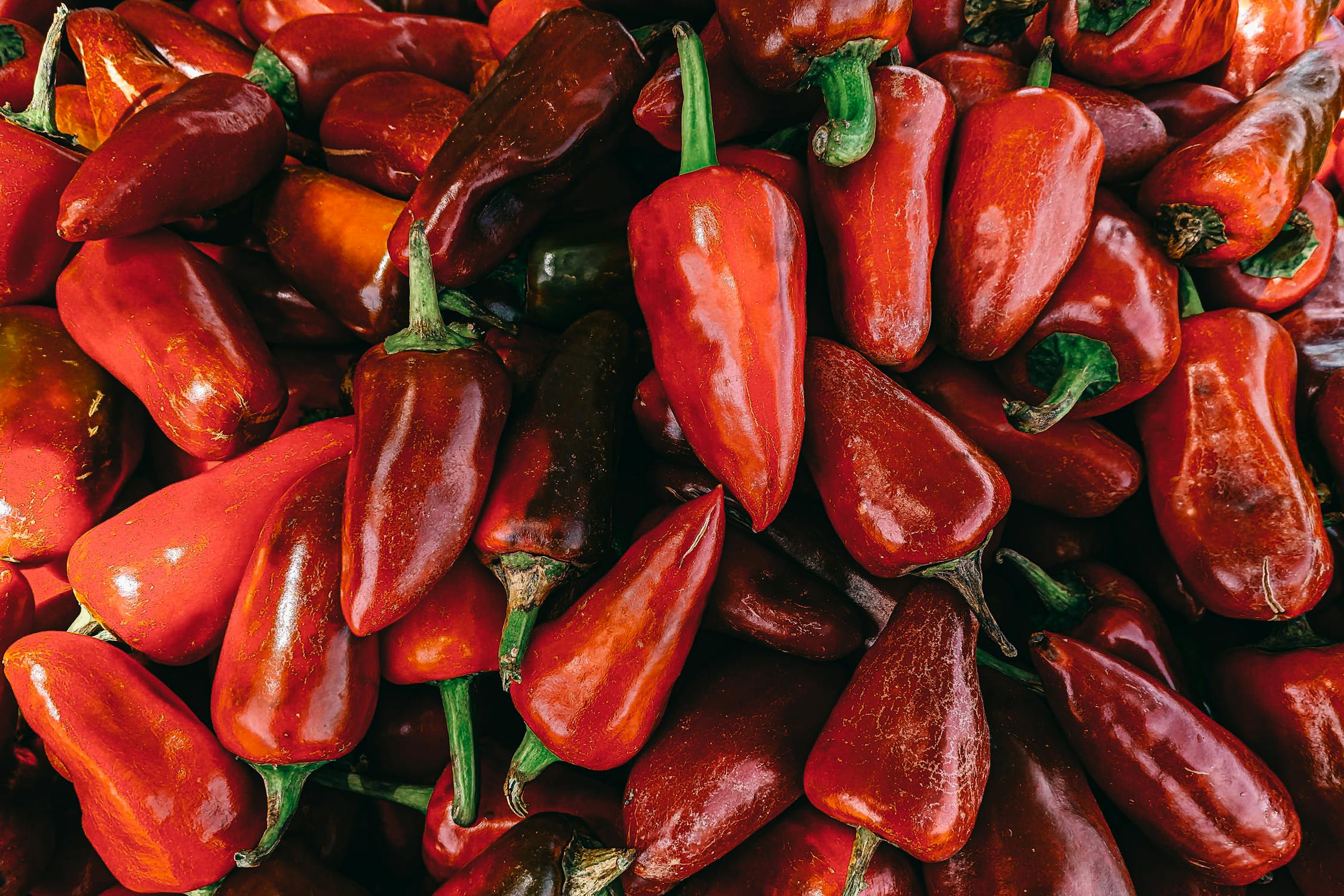
2. Harvesting and Preparing the Seeds
How to Extract Seeds from a Fresh Pepper
Extracting pepper seeds is simple, but following the right steps ensures a higher success rate:
- Choose a fully ripe pepper – The seeds inside will be mature and ready for germination.
- Cut the pepper open – Slice it lengthwise to expose the seeds.
- Scoop out the seeds – Use a spoon or gently shake them onto a clean surface.
- Remove any pulp – Leftover fruit material can cause mold during the drying process.
Drying and Storing Seeds for Optimal Germination
Proper drying prevents mold and increases the longevity of your seeds. Follow these steps for the best results:
- Spread the seeds out on a paper towel or a fine mesh screen in a dry, well-ventilated area.
- Avoid direct sunlight, which can damage the seeds. Instead, dry them in a warm, shaded spot.
- Let them dry for about a week, stirring occasionally to ensure even drying.
- Store seeds in an airtight container, like a glass jar or a labeled paper envelope, and keep them in a cool, dark place.
For longer storage, some gardeners use refrigeration or silica gel packets to maintain low moisture levels.
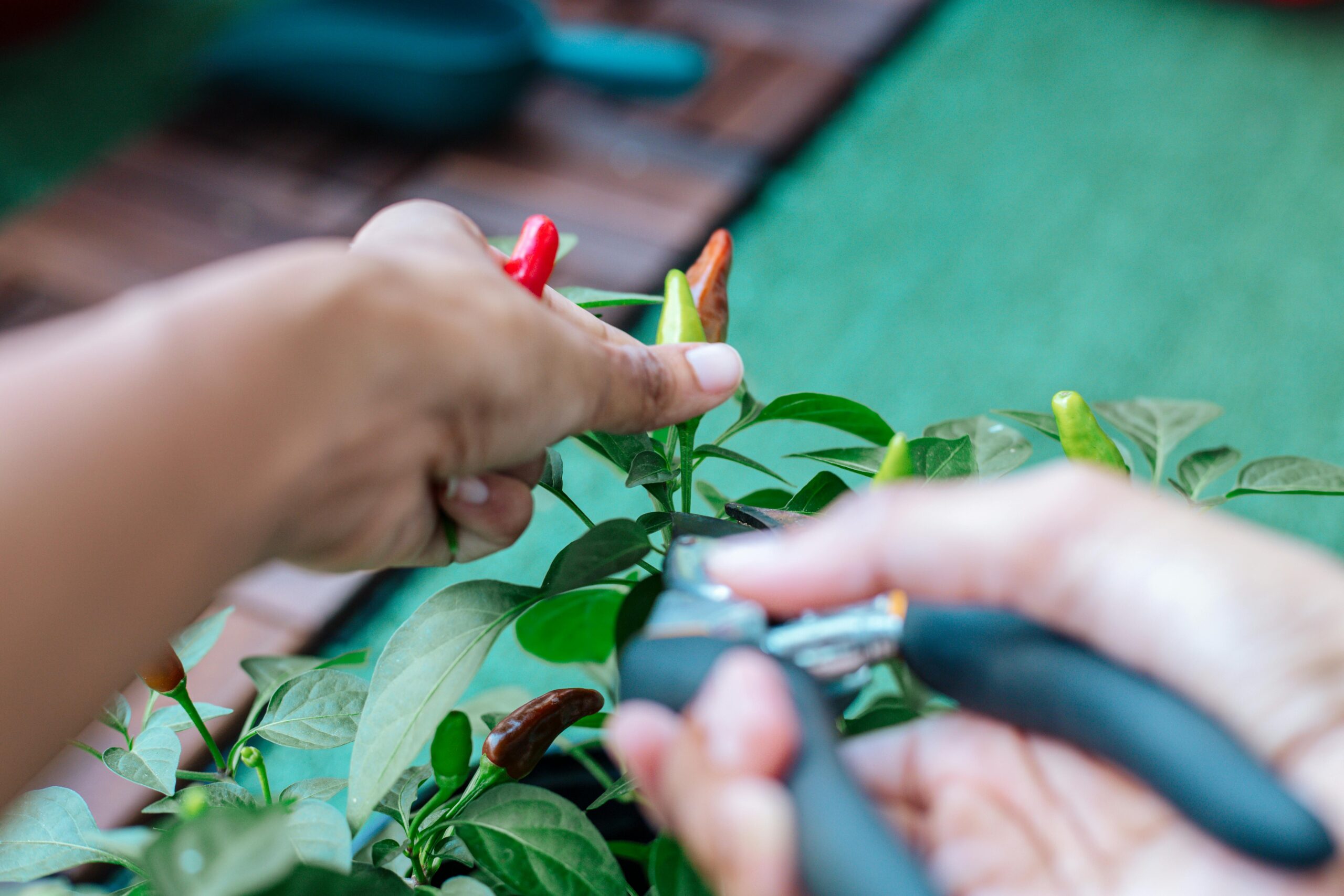
3. Germinating Pepper Seeds Successfully
Once your seeds are fully dried and stored, it’s time to germinate them.
The Best Soil and Containers for Seed Starting
To give your seeds the best start:
- Use high-quality seed starters or potting soils for proper aeration and drainage.
- Choose shallow seed trays or small pots to prevent overwatering.
- Maintain consistent soil moisture—not too wet, not too dry.
Creating the Ideal Germination Environment
🌡 Temperature – Peppers germinate best between 75–85°F (24–29°C). A greenhouse or heating mat can help.
💦 Humidity – Cover trays with plastic wrap or a humidity dome to retain moisture.
☀️ Light – Once sprouted, move seedlings to a sunny location or use grow lights.
4. Transplanting and Caring for Seedlings
When and How to Move Sprouted Seeds to Pots or Garden Beds
- Transplant when seedlings have at least two sets of true leaves.
- Harden off seedlings by gradually exposing them to outdoor conditions over a week.
- Space plants 12-18 inches apart in well-draining top soils enriched with compost.
Watering, Feeding, and Providing Proper Sunlight
- Water regularly but avoid overwatering—peppers dislike soggy soil.
- Feed with nitrogen-rich fertilizer early, then switch to balanced fertilizers as they grow.
- Ensure 6–8 hours of sunlight daily for strong, productive plants.
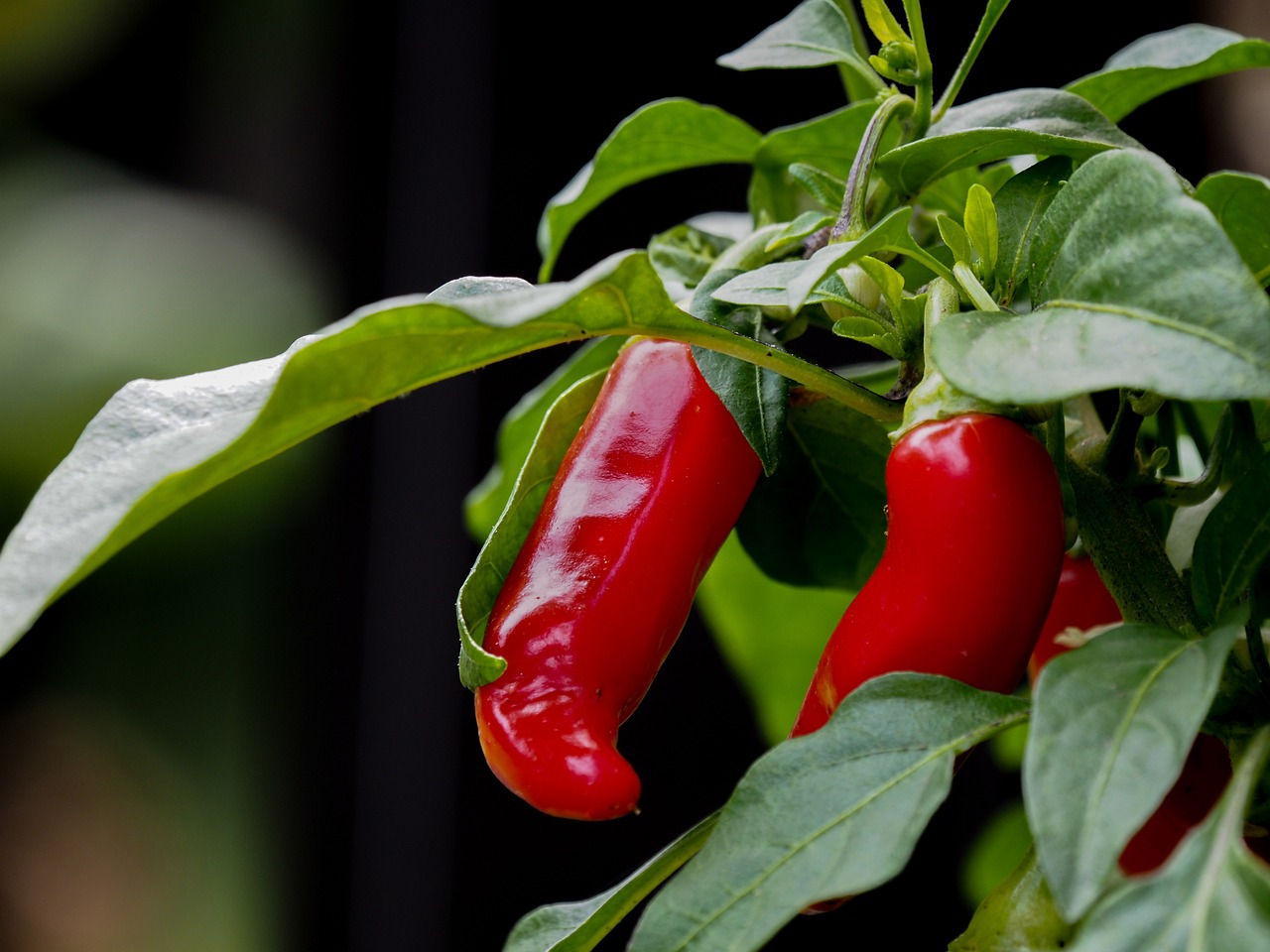
5. Harvesting and Saving Seeds for Future Crops
Signs Your Peppers Are Ready to Harvest
- Firm, glossy skin
- Fully developed color (varies by variety)
- Easy detachment from the plant
How to Store Peppers for Extended Freshness
- Keep fresh peppers in the fridge for up to two weeks.
- For long-term storage, consider freezing, drying, or pickling.
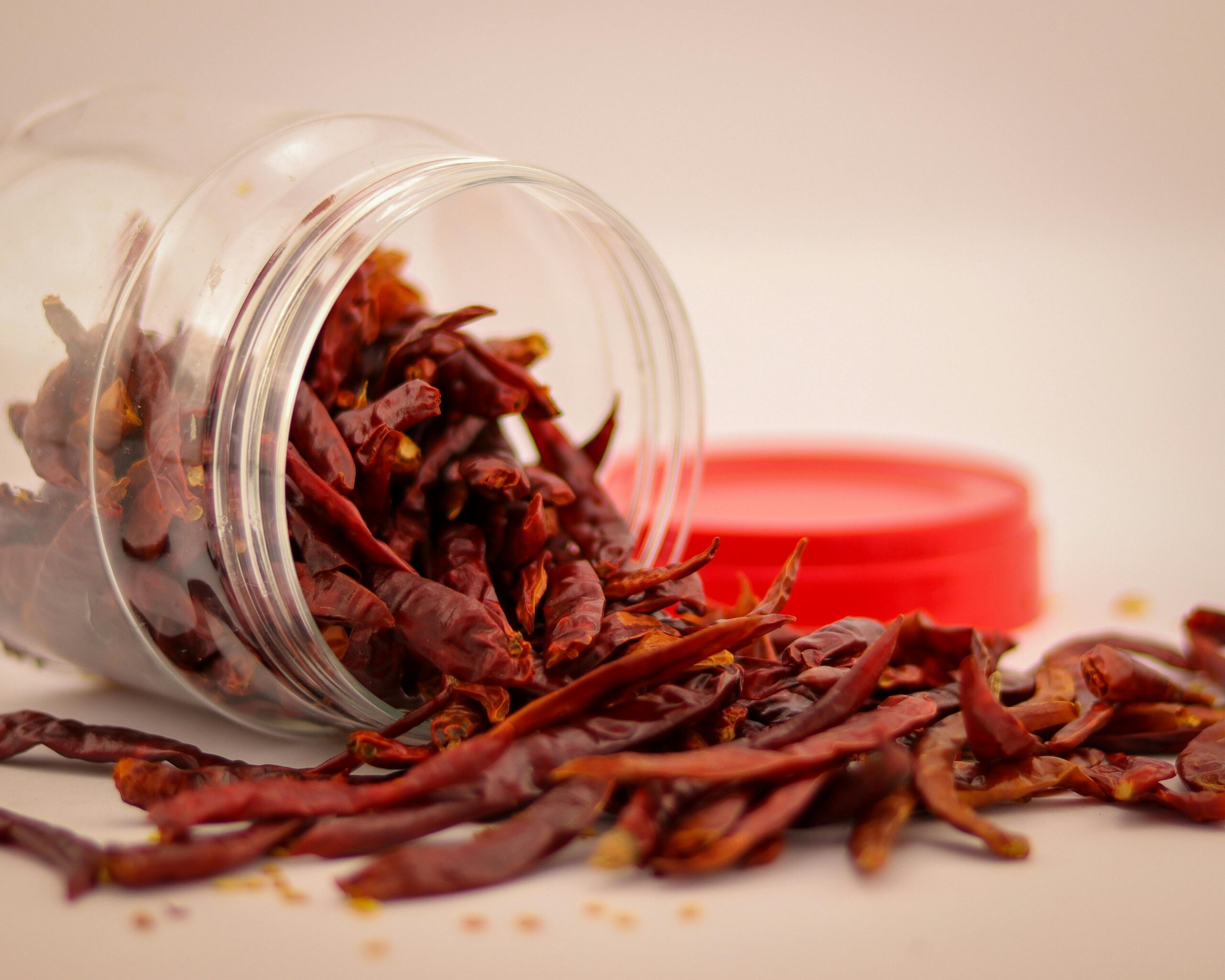
Growing peppers from a single pepper is a simple yet fulfilling gardening project. By carefully selecting the right variety, preparing the seeds, and providing the best growing conditions, you’ll enjoy fresh, homegrown peppers in no time. Whether you’re a fan of sweet peppers like Jimmy Nardello or love the heat of Padron peppers, mastering this process ensures a continuous harvest year after year.
So why not start today? Grab a pepper, save the seeds, and let your gardening journey begin! 🌱🔥
Learn more about growing tomatoes:https://peaandpepper.com/grow-your-fresh-tomatoes-at-home-all-by-yourself/



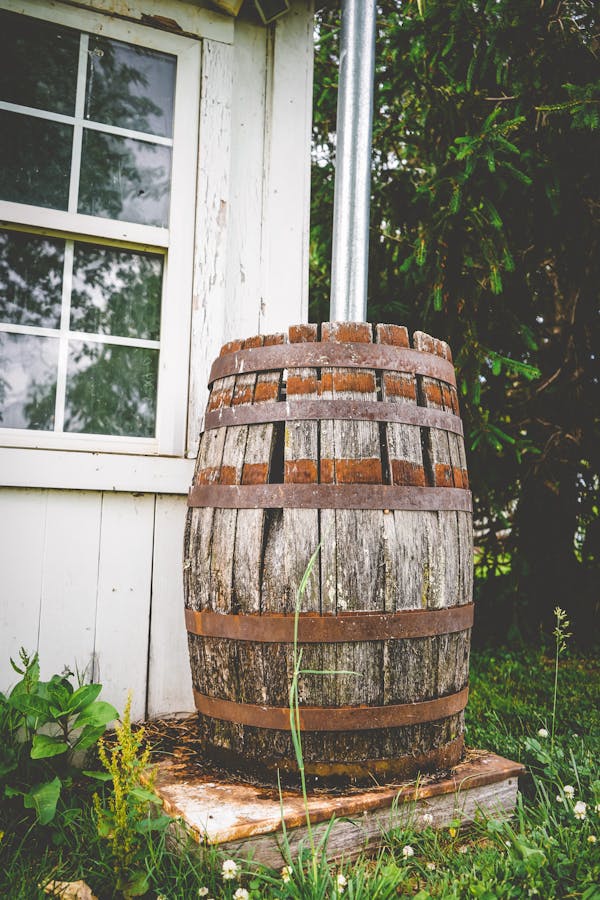
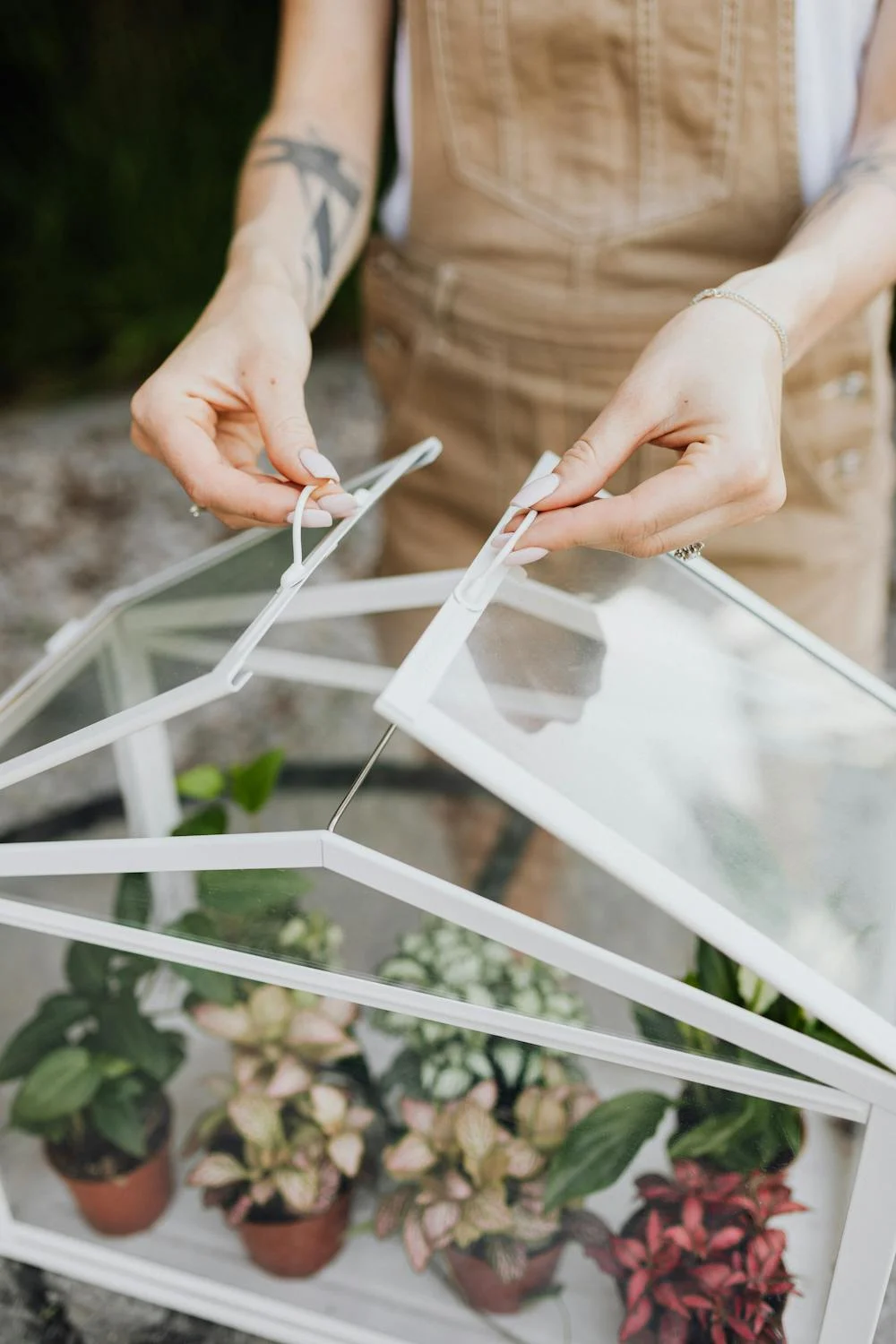
Leave a Reply